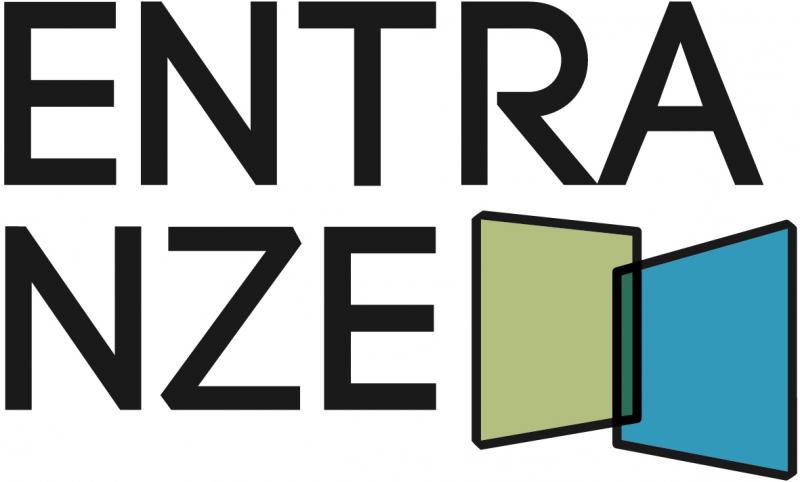Laying down the pathways to nearly Zero-Energy Buildings

A very low energy consuming building stock in the EU can become a reality. The ENTRANZE project, funded by the Intelligent Energy Europe programme, has created a policy ‘laboratory’ to develop and analyse the potential impact of national strategies and policy sets so that buildings can achieve this target. As the project came to an end, a comprehensive toolkit paving the way to nZEBs (nearly Zero-Energy Buildings) in the European building stock is now available. The research shows that an ambitious policy package could reduce natural gas demand in 2030 compared to 2008 by about 36-45%. Thus, energy dependency regarding natural gas in the building stock could almost be halved by 2030 if effective policy packages will be implemented.
The core mission of ENTRANZE (Policies to Enforce the Transition to nearly Zero-Energy Buildings in the EU-28) was to assist policy makers in developing integrated, effective and efficient policy packages to achieve a fast and strong penetration of nearly Zero-Energy Buildings (nZEBs) and renewable heating and cooling technologies (RES H/C) – with a focus on the refurbishment of existing buildings. These goals were set in the context of the EPBD recast (Energy Performance of Buildings Directive, 2010/31/EU) requiring that from 2019 onwards all new buildings occupied and owned by public authorities be nZEBs and that by the end of 2020 for all new buildings. But the EPBD does not prescribe a uniform approach for the implementation of nZEBs: it requires that Member States stimulate the progressive transformation of buildings that are refurbished into nearly Zero-Energy Buildings, though without a clear definition of nZEB renovation.
These gaps in the existing framework were tackled during the ENTRANZE project. Over the project lifetime several dimensions were considered in order to give some needed guidance to Member States by:
- Filling information gaps related to the EU building stock;
- Analysing stakeholder behaviour and acceptance of various technologies;
- Identifying cost-optimal technology configurations of renovation activities;
- Developing scenarios for the development of energy demand in buildings up to 2030;
- Deriving corresponding recommendations for policy makers at regional, national and EU levels.
According to the ENTRANZE model results for EU-28, the current policy framework could lead to savings of about 20%-23% of final energy demand from 2008-2030. In contrast, more ambitious policies, as developed during this project in extensive discussions with policy makers, would lead to savings of 29-31% in final energy demand. However, this still does not represent the maximum of achievable effort and policy innovation. Almost 50% of the final energy demand for heating and hot water is covered by natural gas in 2008. The research shows that an ambitious policy package could reduce natural gas demand in 2030 by almost 36-45%. Thus, energy dependency regarding natural gas in the building stock could almost be halved by 2030 if effective policy packages will be implemented.
Our results further show that current activities to improve high quality renovation, leading to substantial savings per floor area, have to be significantly increased to have a lasting impact.
The renovation activities, the strong phase-out of using oil and coal for heating in the building sector, which could occur in the coming decades and the expected move towards the decarbonisation of the electricity sector[1], all lead to a reduction of total CO2-emissions for space heating, cooling and lighting from 43-50% under current policies and 50-57% under more ambitious scenarios from 2008 to 2030.
All these achievements and final conclusions are summarised in a comprehensive and freely accessible final report entitled Laying down the pathways to nearly Zero-Energy Buildings. A toolkit for policy makers.
All relevant reports can be found on the ENTRANZE website (www.entranze.eu) in the Publications section. The tools developed are available on the project website as well. The final report, Laying down the pathways to nearly Zero-Energy Buildings. A toolkit for policy makers is available here.
[1] CO2-emission factors for electricity generation have been developed with the model POLES and corresponding scenarios. For more details see the ENTRANZE report “Policy pathways for reducing the carbon emissions of the building stock until 2030”.



